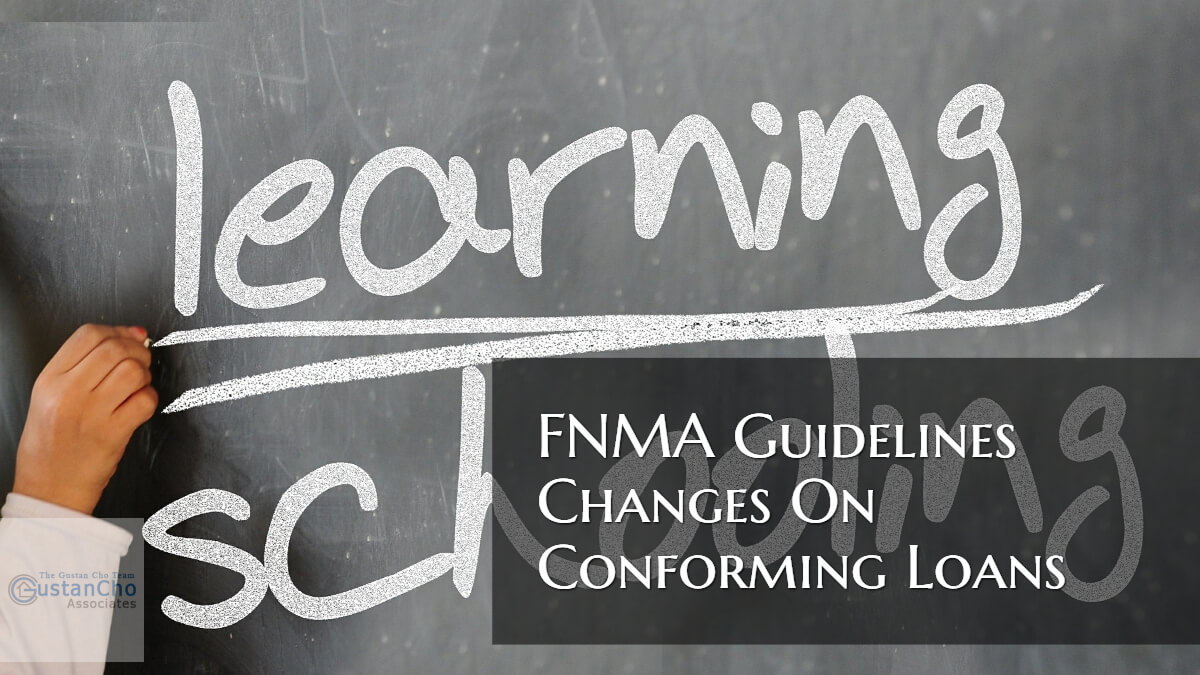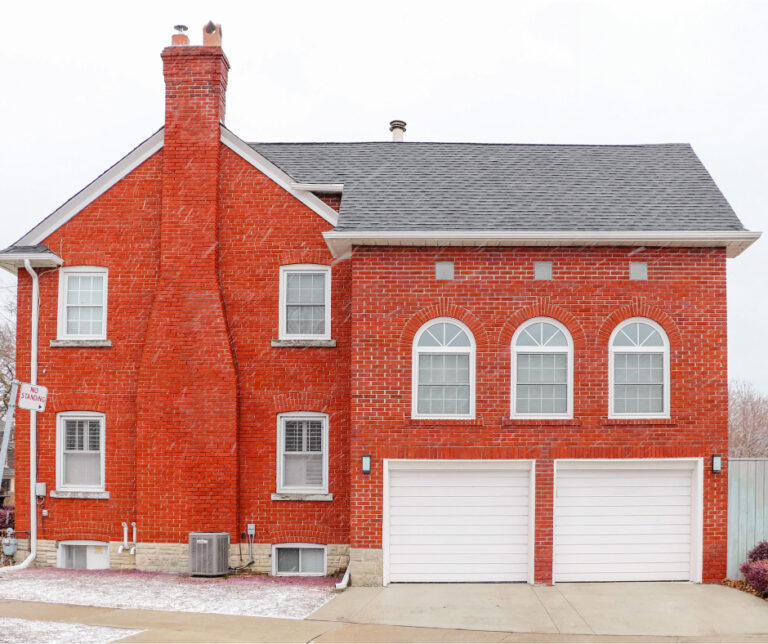Fannie Mae Mortgage Guidelines on Conforming Loans
This guide covers Fannie Mae Mortgage Guidelines on Conforming Loans. We will discuss Updated Fannie Mae Mortgage Guidelines on Conventional Loans for 2023 and 2024. John Strange, a senior loan officer at Gustan Cho Associates, explains the updated Fannie Mae mortgage guidelines for 2023 and 2024 as follows:
There are several changes to Fannie Mae Mortgage Guidelines for home buyers interested in getting conventional loans on home purchases. First and foremost, the pricing on conventional loans across the board has been volatile with high loan-level pricing adjustments on owner-occupant, second homes, and investment properties.
Rates on conventional loans have soared no matter the type of property and the type of occupancy. Fannie Mae and Freddie Mac are the two mortgage giants that set standards and mortgage lending guidelines for conventional loans. Conventional loan programs differ from FHA Loans Programs, VA, and USDA loan programs. It is not just limited to primary owner-occupant home financing. Conforming loans enable second-home financing as well as investment home financing. In the following sections, we will be covering Fannie Mae Mortgage Guidelines on conventional loans.
Government Versus Conventional Loans
Government loan programs, FHA Loans, VA, and USDA loans do not allow for second home and investment loans: Government Loans are only for owner-occupied primary residences. Home buyers who need to purchase second homes or investment homes would need conventional financing. This article will discuss Fannie Mae Mortgage Guidelines versus other mortgage loan programs. The changes ahead in Fannie Mae Mortgage Guidelines about conventional loans will be discussed in this BLOG.
Fannie Mae Mortgage Guidelines on Debt-To-Income Ratios
Fannie Mae Mortgage Guidelines on debt-to-income ratio requirement on conventional loans is capped at 50% DTI to get an approve/eligible per Fannie Mae’s Automated Underwriting System. Unfortunately, private mortgage insurance companies rarely insure conventional loans that pass the 45% debt-to-income ratio cap unless borrowers have 700% credit scores.
Buyers of homes with a 20% down payment should have no issues with 50% debt-to-income ratios because no private mortgage insurance is required on 80 LTV. FHA debt-to-income ratio requirements for borrowers with at least a 620 credit score are capped at 56.9% DTI back end. FHA loans allow for multiple non-occupant co-borrowers to be added.
Fannie Mae does not allow for non-occupant co-borrowers on conventional loans. Fortunately, Freddie Mac does allow non-occupant co-borrowers to be added to conventional loans. Unfortunately, not all lenders are Freddie Mac-approved. Fannie Mae is the most popular and common conventional mortgage program among lenders. Most conventional mortgage lenders are mainly Fannie Mae-approved.
Fannie Mae Mortgage Guidelines on Down Payment
Fannie Mae re-launched the 3% down payment home purchase conventional loan program for first-time homebuyers. Fannie Mae and Freddie Mac have the same down payment on home purchases for conventional mortgages. The down payment depends on whether or not the home buyer is buying a primary owner-occupied home, second home, or investment home.
Most conventional loans require a 5% down payment on home purchases on owner-occupied homes. Second homes require a 10% down payment, and second homes must be at least 100 miles from the second home buyer’s primary residence to be classified as a second home.
Freddie Mac offers the 3% down payment home purchase conventional loan program for first-time homebuyers. First-time homebuyers are buyers who have not owned a home for at least three years. Second homes closer to the borrower’s primary home can only qualify for second home financing if the second home purchase makes sense. Making sense is being a waterfront property, golf course property, or in a resort-like Orlando’s Disney World area. There are no distance requirements on second homes that are waterfront or resort areas.
Fannie Mae Mortgage Guidelines on Investment Homes
Buyers of investment homes can use potential rental income on a property with no lease: If real estate investors need to use 75% of the potential rental income on the investment home purchase, they can do so if they can put a 25% down payment. All Fannie Mae and Freddie Mac conventional loan borrowers need a 620 credit score to qualify for conventional loans.
All conventional loans with greater than 80% loan to value will require private mortgage insurance. One of the main advantages of having private mortgage insurance with conventional versus FHA loans is private mortgage insurance automatically cancels when the loan-to-value reaches 78% loan to value on conventional loans.
At the same time, an FHA mortgage insurance premium is mandatory for the entire life term of a 30-year fixed-rate FHA mortgage loan. No matter how low the loan-to-value on FHA loans, an annual FHA mortgage insurance premium is required for the 30-year fixed-rate FHA loan.
Lender Paid Mortgage Insurance
There is Lender Paid Mortgage Insurance with conventional loans, where no private mortgage insurance is required for borrowers with over 80% loan to value. No annual private mortgage insurance instead of a higher mortgage rate on their conventional loans. There is also an upfront lender-paid mortgage insurance program. This is where for a larger one-time upfront mortgage insurance premium, there is no private mortgage insurance similar to the upfront FHA MIP.
Fannie Mae Mortgage Guidelines on Waiting Period after Bankruptcy and Foreclosure
Fannie Mae Mortgage Guidelines in qualifying for a conventional loan after bankruptcy. There is a mandatory waiting period of 4 years from the discharge date of the Chapter 7 Bankruptcy. There is a two-year waiting period after the Chapter 13 Bankruptcy discharge date. Fannie Mae and Freddie Mac do not allow borrowers to qualify for Conforming loans in an active Chapter 13 Bankruptcy Repayment Plan.
Fannie Mae Mortgage Guidelines on the waiting period after a deed-in-lieu of foreclosure and a short sale is a mandatory waiting period of 4 years. Deed-in-Lieu of Foreclosure waiting period start date is from the recorded date of the deed-in-lieu of foreclosure.
The waiting period after the deed-in-lieu of foreclosure or foreclosure on conventional loans is based on the recorded foreclosure date, the date the title changed ownership, or the date of the short sale. Fannie Mae Mortgage Guidelines waiting period on a standard foreclosure is seven years. Fannie Mae Mortgage Guidelines after a short sale or a deed-in-lieu of foreclosure is four years to qualify for conventional loans.
Mortgage after Bankruptcy and Housing Event

If the mortgage borrower had a mortgage part of bankruptcy, they could qualify for a conventional loan four years from the discharge date of the Chapter 7 Bankruptcy: This holds true even though the foreclosure was recorded later. Ronda Butts, a dually licensed realtor and loan officer at Gustan Cho Associates, explains the Fannie Mae mortgage guidelines on conventional loans as follows:
The four-year waiting period after the short sale date to qualify for a conventional loan. Fannie Mae Mortgage Guidelines in qualifying for a conventional loan after a foreclosure is a mandatory 7-year waiting period. The seven-year waiting period start date starts from the recorded date of the foreclosure.
The recorded date is when the borrower’s name is out of the deed and into the deed of the mortgage lender. Or the date of the sheriff’s sale where the homeowner’s name has transferred out of the mortgage note into someone else’s name. Borrowers who need to qualify for a mortgage with a national mortgage company with no overlays on government and conventional loans can contact us at Gustan Cho Associates at 800-900-8569 or text us for a faster response. Or email us at gcho@gustancho.com.






